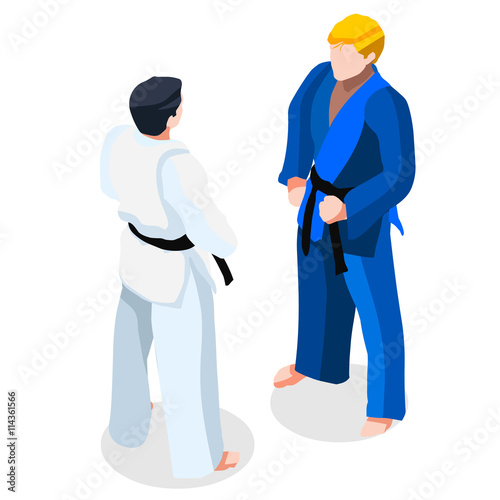Traditional Martial Arts And Modern Battle Sports: A Comprehensive Overview Of Their Distinctive Differences
Traditional Martial Arts And Modern Battle Sports: A Comprehensive Overview Of Their Distinctive Differences
Blog Article
Created By-Thuesen Haagensen
When you think about martial arts, do you lean much more toward the conventional techniques or the modern-day battle sports? Each path provides distinct benefits and experiences, shaped by their philosophies and training approaches. Typical martial arts stress personal development and self-control, while contemporary fight sports focus on competition and performance. Recognizing these distinctions can lead you in choosing the best strategy for your journey. But how do these distinctions manifest in training and viewpoint?
The Philosophy and History Behind Typical Martial arts
While many individuals link martial arts with physical combat, the ideology and history behind typical martial arts run much deeper. You'll locate that these self-controls emphasize personal growth, discipline, and regard.
Originating from old techniques, traditional martial arts were typically created for Self-Defense and spiritual development. They embody principles such as equilibrium, consistency, and self-control, leading practitioners past mere combating abilities.
As you educate, you'll not only find out methods yet also obtain understandings into the culture and worths that shaped these arts. The rituals and customs, usually given with generations, foster a sense of neighborhood and belonging.
The Competitive Nature of Modern Combat Sports
Modern combat sports have transformed the landscape of martial arts into an extremely affordable arena, where athletes take on in an examination of skill, technique, and endurance.
You'll see that competitors are usually organized with strict regulations and laws, making certain justice and safety and security. These events attract large audiences, sustaining the exhilaration and strength of matches.
best martial arts to learn for adults train carefully, not just for physical prowess yet likewise for psychological durability, recognizing that every detail counts in the ring. The adrenaline rush during competitions is apparent, as fighters push their limits to assert triumph.
try this out and artistry entailed, making modern-day fight sporting activities a thrilling spectacle that remains to evolve and mesmerize enthusiasts all over the world.
Training Techniques and Techniques: A Relative Evaluation
The competitive ambience of modern battle sports needs ingenious training methods that differ considerably from conventional martial arts.
In contemporary training, you'll focus on certain methods, competing, and conditioning, often using drills that replicate actual battle situations. You'll see a focus on quantifiable efficiency and frequent competitors to evaluate your skills.
In contrast, traditional martial arts focus on forms, katas, and thoughtful teachings, usually emphasizing discipline and respect over competition.
Training is typically much less extreme and may include repeated technique as opposed to real-time sparring.
While both strategies build skill and health and fitness, contemporary battle sporting activities provide a much more vibrant and adaptable training atmosphere, preparing you for instant obstacles in the ring or cage.
Choose the course that aligns with your objectives and interests.
Final thought
In selecting between conventional martial arts and modern fight sports, it really comes down to what you value many. If you're trying to find personal growth, discipline, and a sense of community, standard arts might be your finest fit. However if you thrive on competitors and real-time challenges, modern-day battle sporting activities could be the means to go. Eventually, both courses supply special benefits, so it's everything about straightening your training with your individual objectives and passions.
